Last weekend I had a go at making the sides and the bottom of the wooden base. I think the pictures below speak for themselves.
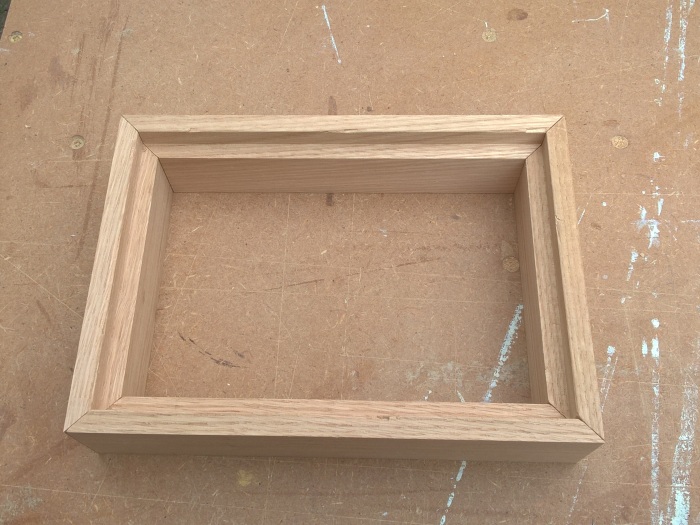
I first made the sides using a mitre joint. I put a recess all around so the top would fit nicely.
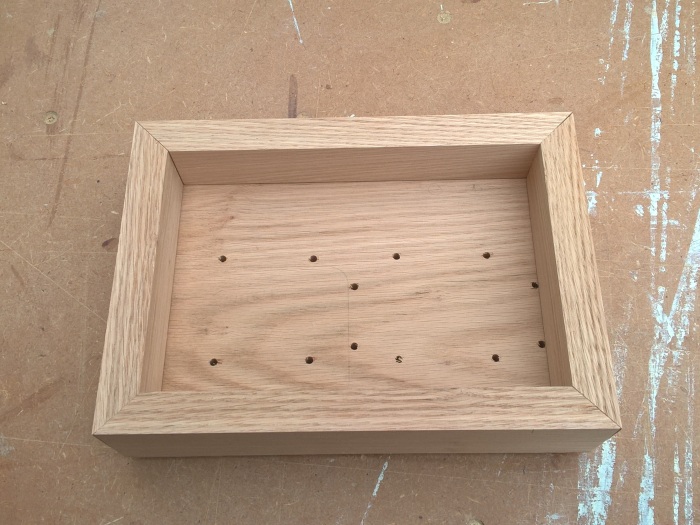
In this picture the sides are put on the top to see if it would fit. The bottom of the sides are not recessed yet.
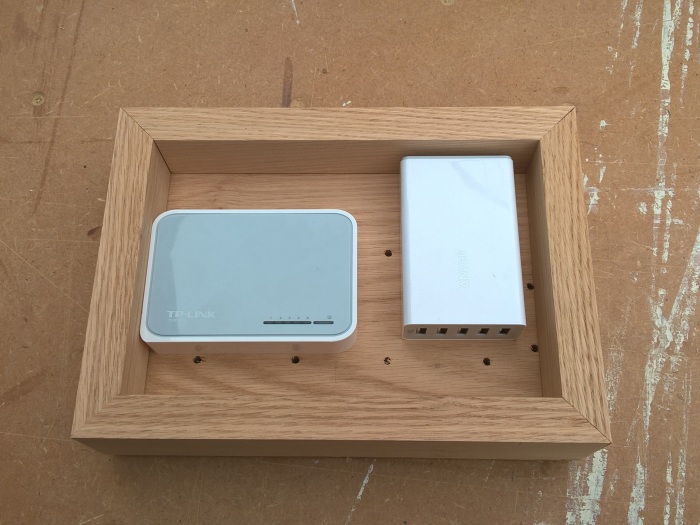
It will all fit snugly. I will cut some holes in the rear side for ventilation as well as some vent holes in the bottom.
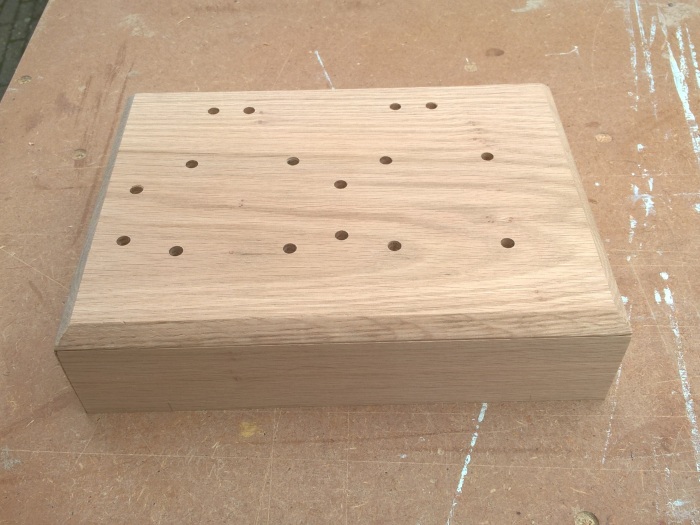
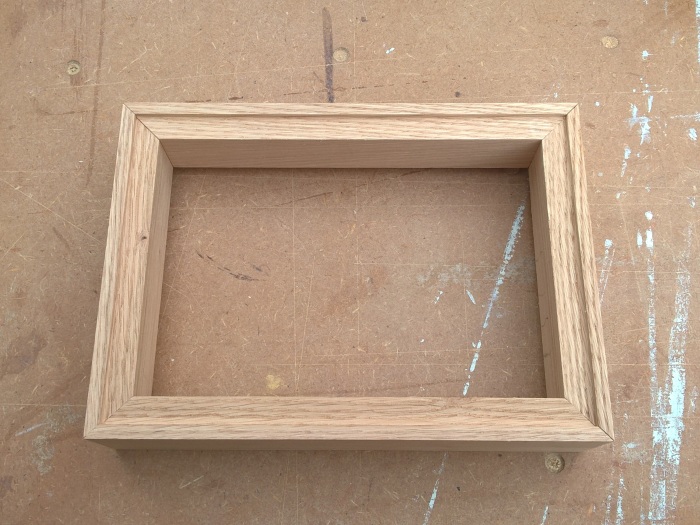

The bottom plate is a 4 mm plate of MDF so there is maximum space for the internals.
After this I started making the hole in the front side for the display… but not for long as just at this moment my milling machine died on me… 😦 Well after 18 years of use this is no shame but it did mean I had to go and find a new one. I soon found out that the general design for milling machines changed considerably over the last 18 years… A modern one would definitely NOT fit in the milling table I made a few years back..
So I looked at Marktplaats (a large online selling site in Holland) and happened to find a guy that was offering the exact same model as my old machine new in a box! He once bought it as a spare himself but never actually used it.. It should arrive shortly and I cannot wait to proceed with the project!
In the meantime I had a go at writing/modifying the Python code to drive my display..

